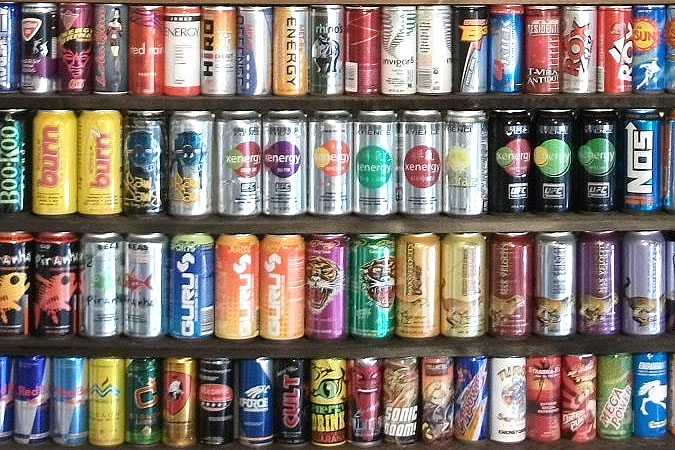SPOKANE, Wash. – A study at Washington State University is the first published comparison of caffeine absorption after consumption of coffee versus energy drinks and the impacts of temperature and rate of consumption.
“The study suggests that in terms of caffeine absorption and metabolism, coffee and energy drinks are very similar,” said John White from the College of Pharmacy, who was the principal investigator on the study. “And the rate of consumption and temperature of the drink don’t significantly alter caffeine absorption.
“Concerns have been expressed that energy drinks consumed rapidly provide a dangerous jolt of caffeine,” he said. But according to findings published in the journal Clinical Toxicology in April, “caffeine exposure was very similar” and “would not be expected to result in clinically significant differences in effect.”
In addition, the differences between absorption rates in men and women closely followed differences in body mass, so it could be said that pound for pound of person, and ounce for ounce of caffeine, the effect is relatively the same.
Applying science to societal concerns
White has served as an expert witness in regard to the pharmacokinetics of coffee to an array of government agencies and legislative bodies, some of which have attempted to restrict the availability of energy drinks without supporting science that demonstrated a need to do so.
Since there wasn’t an official study comparing coffee to energy drinks, or studies on the rate of consumption or hot versus cold, White submitted a proposal to the American Beverage Association (ABA). The ABA granted WSU $263,000 for a clinical trial.
The research team included health sciences faculty from the WSU Colleges of Pharmacy, Medicine and Nursing.
The team compared coffee to energy drink, hot to cold and rapid to slow consumption rates. Essentially, they wanted to see if you would get a higher, more rapid peak caffeine level if you slammed your coffee cold as opposed to slowly sipping it hot.
They also compared coffee to energy drinks to address the concern that, ounce for ounce, rapidly consumed energy drinks provide a greater “jolt” of caffeine concentration in the body.
Sugar, alcohol pairings not measured
The study used a standard dose of 160 milligrams of caffeine: “This represents the ‘middle of the road’ amount of caffeine available in beverages on the market,” said White.
Variables not evaluated in the trial in regard to caffeine pharmacokinetics include the potential compound effects of beverages containing sugar, the differences in higher concentration to lower volume of caffeine in certain beverages or supplements and beverages that contain other non-caffeine constituents (alcohol or B vitamins, for example).
The study specifically measured concentration of caffeine in the body, not effects of caffeine on the brain, which varies between individuals depending on two major factors: how fast a person metabolizes caffeine and the individual’s genetic array of caffeine receptors in the brain, said White.
Next: Genetics and caffeine metabolism
The ABA is funding a follow-up study that has sent the research team back to the data they collected to look at how it relates to the genetic information of the individuals. Over the next six months, they will evaluate how genetics affect whether a person has a “slow” or “fast” caffeine metabolism.
“Our goal is to further the understanding of metabolism and effects of caffeine,” said White – “specifically, the genetic differences in metabolism and effect between individuals. We would also like to investigate the potential prescription drug or caffeine interactions caused by the components of commonly consumed energy drinks.”
Lori Maricle, Washington State University, College of Pharmacy


















